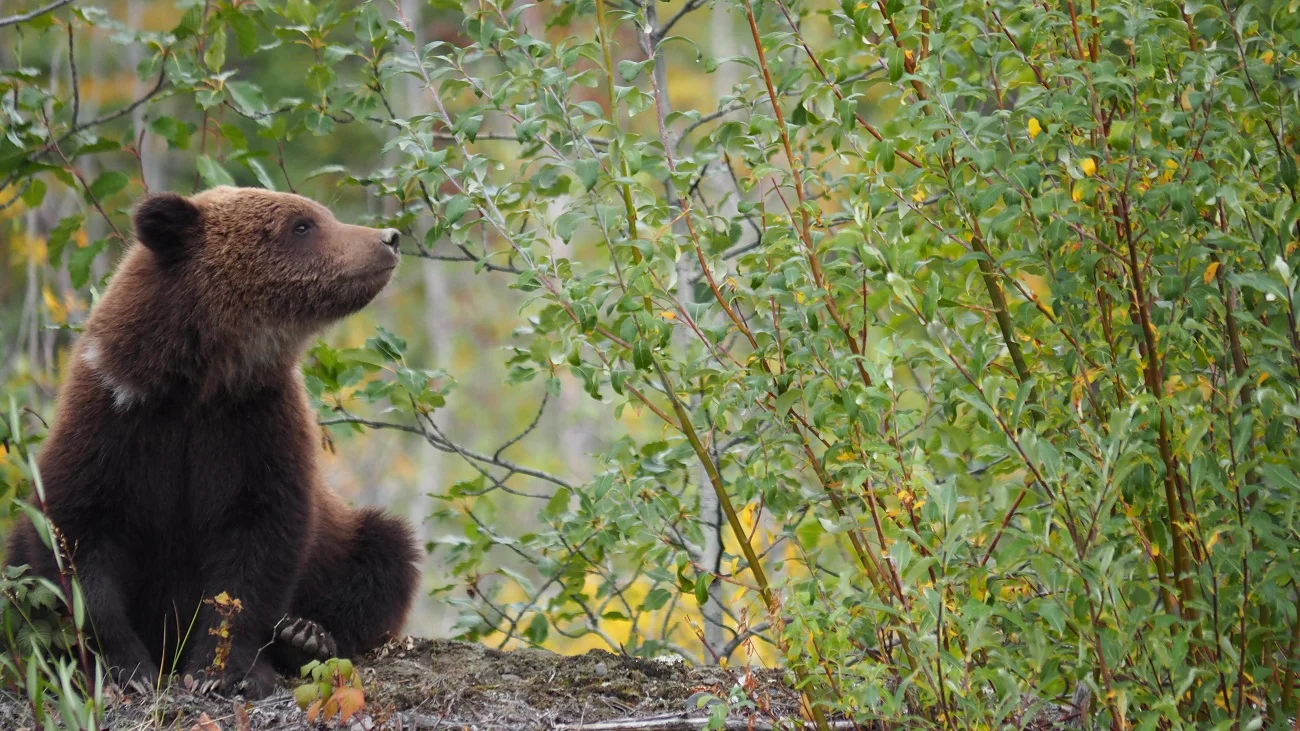Near the Saskatchewan-Alberta boundary, the Cypress Hills dominate the landscape of the south-western plains. The hills sharply rise to over 600 metres above the Great Plains, making them the closest thing we have to real mountains in Saskatchewan. Close, but not quite.
Cypress got its hills from the lowering of the surrounding prairie, much like the landscape features in the Manitoba Escarpment. Its current form is owed to the Rocky Mountains, whose rivers capped the Cypress plateau with sand and gravel long before the Quaternary ice age, 110,000 years ago. Some of this sediment was able to withstand the retreat of the Laurentide ice sheet, forming the present-day Cypress Hills.
The hills also divide two major watersheds. The rivers and streams south of Cypress flow into the Missouri River basin, eventually draining into the Gulf of Mexico. All waters north of the hills flow into the Saskatchewan River basin and into the North Atlantic Ocean via Hudson Bay.
Although the slopes are relatively steep, the peaks at Cypress are generally flat. The plateaus are topped with native fescue grasslands and meadows enclosed by tall stands of lodgepole pine trees. These grasslands are increasingly rare in the Canadian Prairies as these regions take several decades to recover from disturbances. In some cases, they can never fully recover. Organizations such as Canadian Parks and Wilderness Society (CPAWS) advocate the protection of these areas and attempt to limit further loss of endangered prairie ecosystems.
